How does a water softener work?

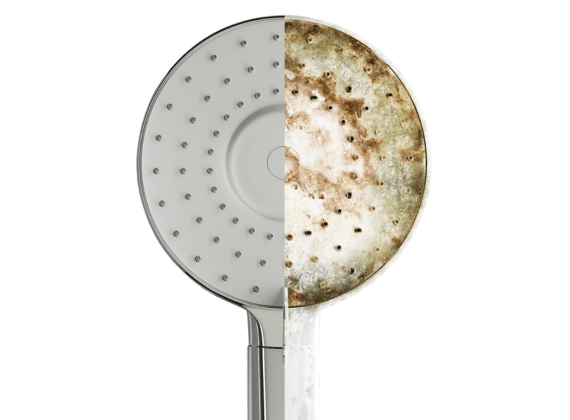
Hard water to softened water
Our water softener works by removing the magnesium and calcium present in your water supply through a process of ion exchange, turning it from hard water to softened water. With hard water these minerals can be seen as a white residue on your surfaces, sinks, taps, kettle and more.
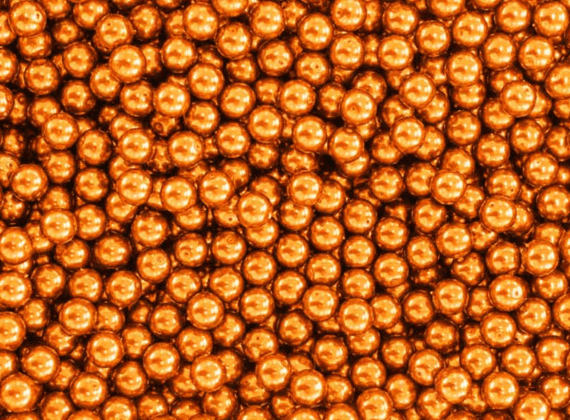
Microscopic resin beads
The twin-cylinders inside a Harvey™ Water Softener are filled with millions of microscopic resin beads. Each bead has a negative charge, while calcium and magnesium carry positive charges in water. This means that, as the calcium and magnesium passes through the resin beads, they are attracted to one another.
All that exits the water softener is pure, softened water, while the minerals stay behind in the beads. Sodium taken from the Harvey™ block salt completes the exchange.
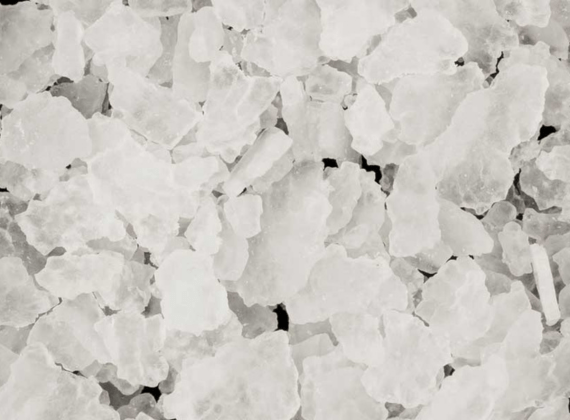
Harvey™ water softener salt
The regeneration process uses sodium to detach the mineral build up from the resin. Sodium has a charge strong enough to take the calcium and magnesium away, but not enough to cling to the resin itself.
Harvey™ block salt is dissolved and the brine solution used to regenerate (clean) the resin tanks. This brine also provides the sodium needed to complete the exchange process during softening. Once removed, calcium and magnesium are flushed harmlessly down the drain.
The Harvey™ Water Softener has a meter within it that judges when to regenerate, meaning there is no water waste, it runs at the most efficient cost and hard water will never enter your system.
Find out more about regeneration here
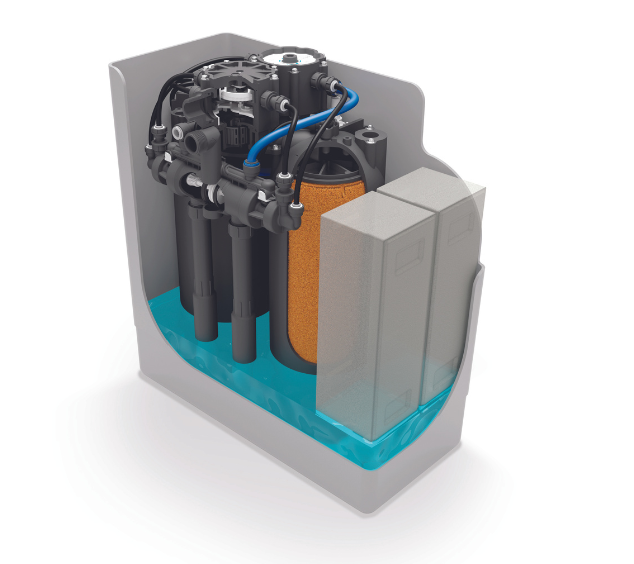
24/7 softened water
A water softener has two key tasks: softening water and self-regeneration. Unlike single-cylinder softeners that pause during regeneration, our twin-cylinder design allows continuous water softening. While one cylinder regenerates, the other ensures your home enjoys uninterrupted, beautifully fresh softened water 24/7.
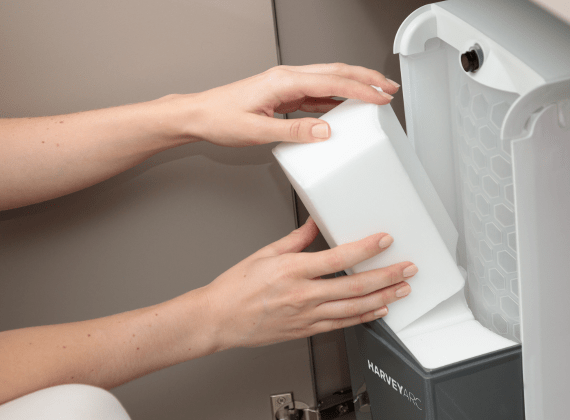
Maintenance
Using a Harvey™ Water Softener could not be easier. All you need to do is simply top the block salt up when it runs out, this is the only maintenance needed. Operation is silent during normal use and regeneration sounds similar to the filling cycle on a washing machine, lasting around 10 minutes.
Find out more about maintenance here
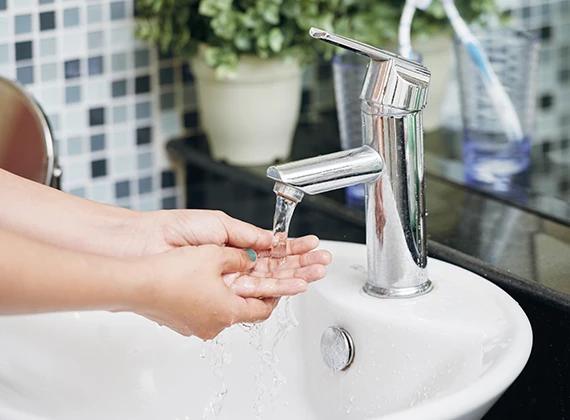
High quality installation
Our qualified plumbers will expertly install your Harvey™ Water Softener using top-quality WRAS approved parts. It’s a straightforward process, more involved than a washing machine but simpler than a new boiler. Typically, a standard water softener takes about half a day. Our experts are always up to date with the latest installation regulations and have completed extensive training here at the Harvey™ training academy. All that’s left for you to do is select a convenient location—under the sink, in the loft, or even outside—and schedule your installation date with us.
Request your free personalised quote today!


